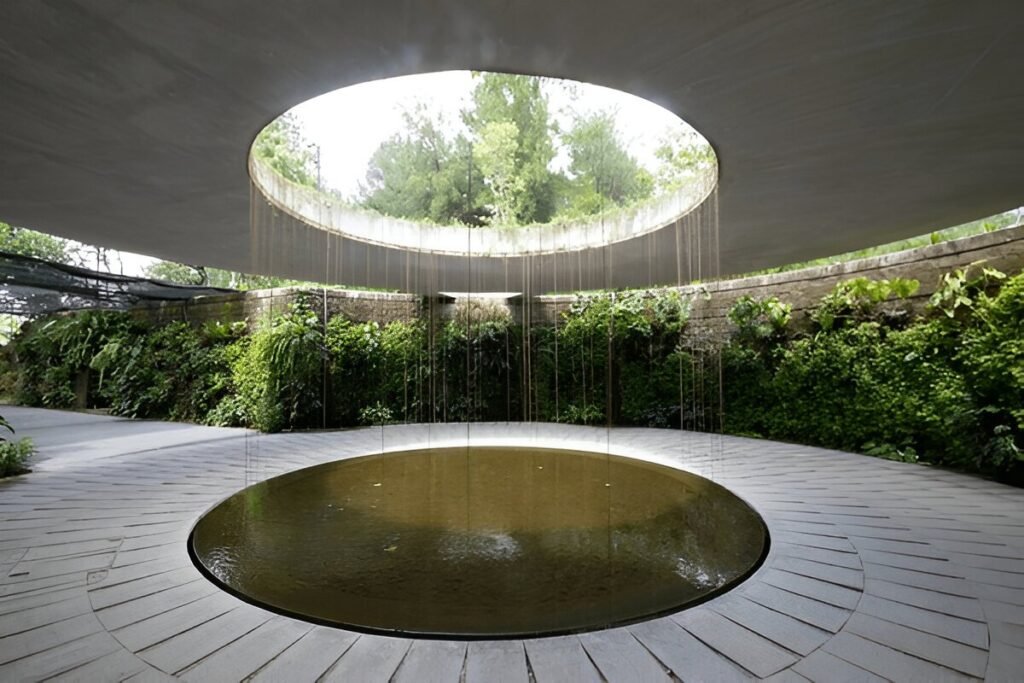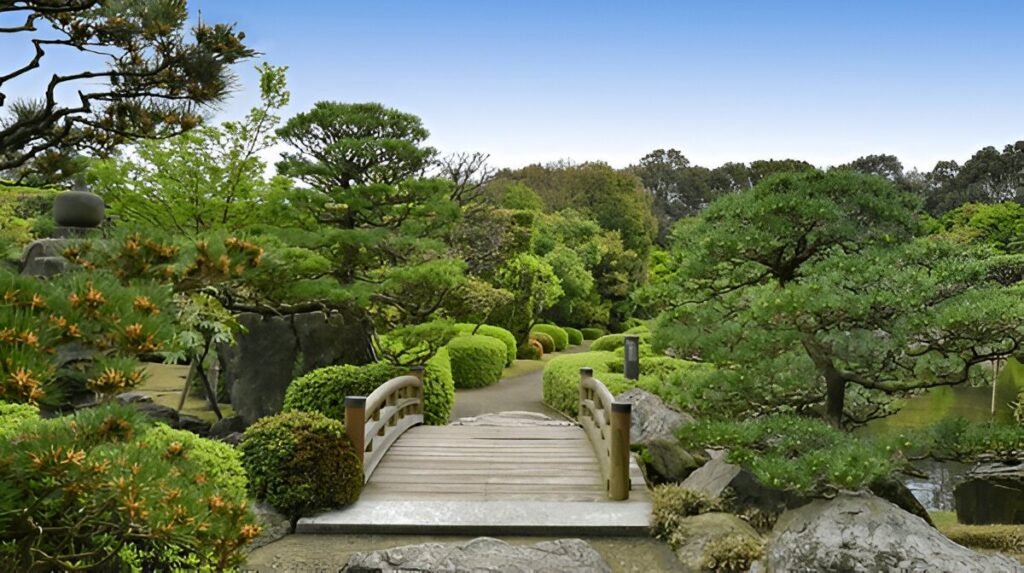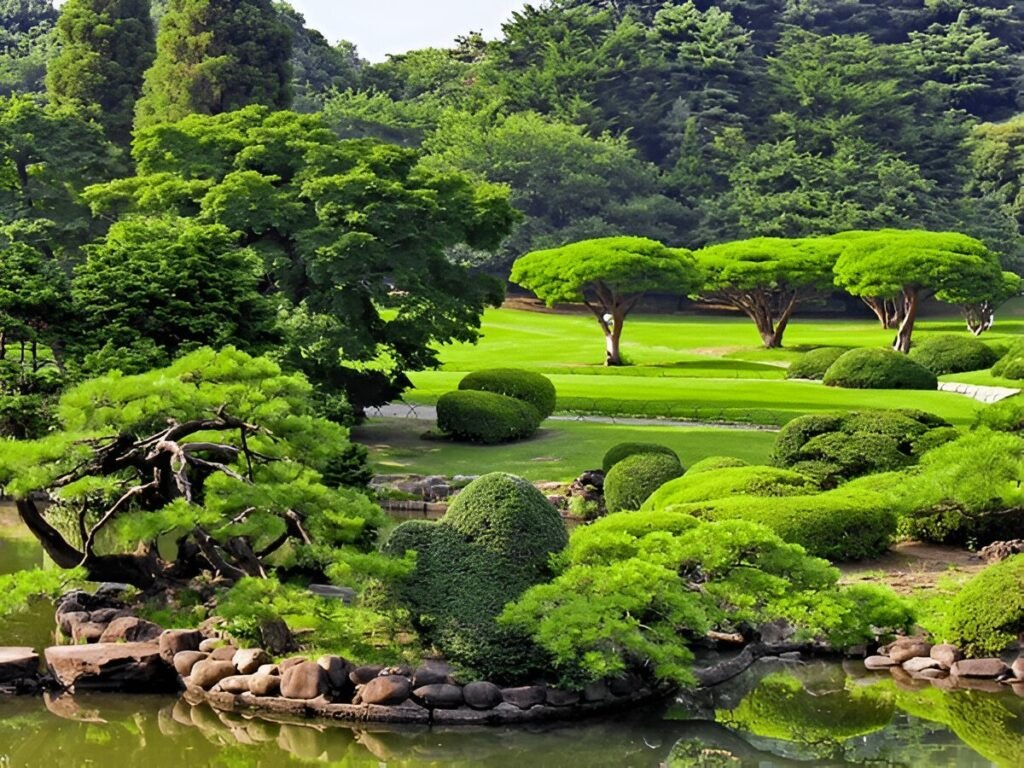Introduction
Singapore is well known for its modern skyscrapers, bustling shopping districts, and vibrant nightlife. However, hidden within this urban landscape lies a serene retreat that transports visitors into a world of tranquility and cultural beauty. The Japanese Gardens, also known as Seiwaen, offer a unique escape from the city’s fast-paced life and provide an opportunity to experience Japanese culture through nature, architecture, and design.
The History and Concept Behind Singapore’s Japanese Gardens

Established in 1974, the Japanese Gardens were designed by Professor Kinsaku Nakane, a renowned landscape designer from Kyoto. These gardens were created to symbolize the strong diplomatic relations between Japan and Singapore. Inspired by traditional Muromachi and Momoyama period designs, the gardens encapsulate the aesthetic principles of simplicity, harmony, and tranquility that define classical Japanese landscaping.
A Stroll Through Nature’s Tranquility
Walking through the Japanese Gardens is a meditative experience. The carefully curated landscapes, including picturesque ponds, wooden bridges, and lush greenery, create an immersive environment reminiscent of Kyoto’s Zen gardens.
One of the most captivating features of the gardens is the rock and gravel landscapes. These elements are meticulously arranged to represent nature in an abstract form, often seen in Zen gardens. The subtle beauty of raked gravel and precisely positioned stones encourages contemplation and reflection, making it an ideal place for visitors seeking solace.
Traditional Japanese Architectural Wonders

Among the key attractions in the Japanese Gardens is the presence of authentic Japanese architectural elements. The iconic red arched bridge, known as the Bridge of Peace and Harmony, is a striking structure that enhances the garden’s charm. This bridge, reminiscent of the bridges seen in Japanese temple gardens, provides a perfect vantage point for picturesque views of the surrounding landscape.
The gardens also feature traditional wooden pavilions that serve as resting spots for visitors. These pavilions, inspired by classical Japanese teahouses, are designed with intricate wooden lattices and sloping tiled roofs, embodying the minimalistic yet elegant characteristics of Japanese design.
Flora and Fauna: A Harmonious Blend
A key highlight of the Japanese Gardens is its diverse collection of flora, carefully curated to reflect the changing seasons of Japan. The gardens boast stunning bonsai trees, which are cultivated with meticulous care, showcasing the art of miniature tree cultivation that has been a Japanese tradition for centuries.
Cherry blossoms, although rare in Singapore’s tropical climate, are occasionally seen within the gardens, creating a surreal experience akin to hanami (flower viewing) in Japan. Additionally, vibrant azaleas and delicate lilies add splashes of color to the garden’s landscape, enhancing its ethereal beauty.
Visitors can also spot koi fish gracefully swimming in the ponds, adding to the authenticity of the garden’s ambiance. These fish symbolize good fortune and perseverance in Japanese culture and are an integral part of many traditional Japanese gardens.
The Art of Japanese Tea Ceremonies
For those interested in experiencing Japan’s cultural heritage, the Japanese Gardens sometimes host tea ceremonies that allow visitors to witness the precision and grace involved in this age-old tradition. The tea ceremonies emphasize mindfulness, harmony, and respect, providing a deeper appreciation for Japanese culture and rituals.
A Photographer’s Paradise

With its picturesque scenery, the Japanese Gardens offer countless opportunities for photography enthusiasts. Whether it is the iconic red bridge reflecting on the pond’s surface, the intricate details of bonsai trees, or the peaceful pavilions nestled among lush greenery, every corner of the garden presents a picture-perfect moment. It is a must-visit location for nature and landscape photographers.
Best Time to Visit and Accessibility
The Japanese Gardens are open year-round, and early mornings or late afternoons are the best times to visit for a peaceful and enjoyable experience. The gardens are part of the larger Jurong Lake Gardens and are easily accessible via public transport or car. Visitors are encouraged to bring comfortable footwear, as exploring the gardens involves walking along gravel paths and stone steps.
Preservation and Future Plans

Currently, the Japanese Gardens are undergoing a transformation as part of the Jurong Lake Gardens revitalization project. These enhancements aim to preserve the essence of the gardens while incorporating modern elements that complement the existing landscape. Once reopened, visitors can expect an even more immersive and enriching experience.
Conclusion
Singapore’s Japanese Gardens provide a unique and tranquil escape from the city’s urban landscape. With its breathtaking scenery, traditional Japanese architecture, and cultural significance, the gardens offer a serene retreat for visitors looking to immerse themselves in nature and experience Japanese aesthetics. Whether one seeks relaxation, inspiration, or a deeper appreciation of Japanese culture, a visit to the Japanese Gardens is a truly rewarding experience.












